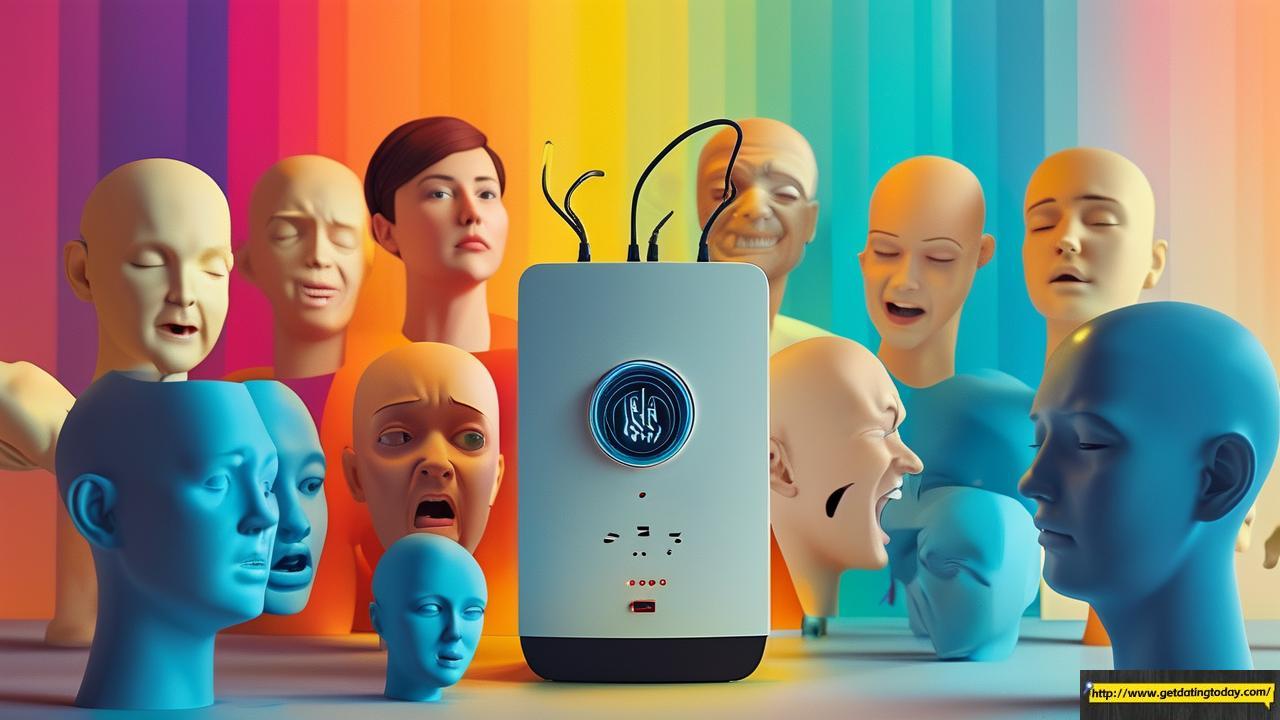Imagine a garden where two people plant seeds of trust, water them with honesty, and watch love blossom under the sunlight of mutual understanding. This isn’t just poetic imagery—it’s what happens when couples prioritize open communication. Whether you’re navigating the butterflies of a new romance you talk (and listen) can transform relationships from fragile saplings into unshakable redwoods. Let’s explore how intentional dialogue becomes the glue for emotional bonds.

Active Listening: The Secret Fertilizer for Connection

Think of communication as a dance—it requires rhythm, responsiveness, and occasionally letting your partner lead. Studies show that 70% of misunderstandings arise not Active listening means parking your inner monologue (yes, even that brilliant comeback) and focusing entirely on your partner’s words. Try the “traffic light technique”: when they speak, imagine a red light for your opinions. When they finish, switch to yellow to reflect (“So you felt ignored when I scrolled through my phone?”), then green to respond. This approach reduces defensive reactions by 40%, according to couples’ therapists.

The Nonviolent Communication Playbook
Marshall Rosenberg’s Nonviolent Communication framework isn’t just for conflict resolution—it’s a love language upgrade. Replace accusatory “you” statements (“You never help with chores!”) with observation + feeling + need formula:

“When I see dirty dishes piled for three days (observation), I feel overwhelmed (feeling) because I value teamwork in maintaining our space (need).”

This method works like emotional GPS navigation, directing conversations away from blame and toward solutions. Research from the Gottman Institute reveals that couples using this style resolve arguments 33% faster.

Conflict as a Catalyst, Not a Catastrophe
Every relationship has its “kitchen fire” moments—the burnt dinners of miscommunication. But psychologist John Gottman’s famous “Love Lab” discovered that how couples fight predicts longevity more than how often they argue. The magic lies in “repair attempts”: small gestures that prevent nuclear meltdowns. Try humor (“Are we fighting about guacamole recipes or saving the pandas?”), a timeout signal (touching your earlobe), or the 20-minute rule (pause heated discussions to let cortisol levels drop). These tactics act like circuit breakers, stopping emotional overloads before they fry the system.

The Daily Microdose of Intimacy
Harvard’s 85-year happiness study uncovered a startling truth: daily 7-minute check-ins correlate more strongly with relationship satisfaction than grand gestures. It’s the relationship equivalent of compound interest—small, consistent deposits yield massive returns. Try:
- Morning: “What’s one thing you’re nervous about today?”
- Evening: “What made you feel proud today?”
These micro-conversations work like emotional Velcro, creating hundreds of tiny connection points over time.
Vulnerability: The Unseen Superpower
Brené Brown’s research on vulnerability reveals a paradox: sharing weaknesses builds strength in relationships. Imagine your emotions as Russian nesting dolls—surface-level chats reveal the outer layers, but real intimacy happens when Try the “3 Levels” game:
- “I’m tired from work” (surface)
- “I’m anxious about meeting deadlines” (deeper)
- “I fear I’m not good enough for this promotion” (core)
Each layer peeled back invites your partner closer, creating what psychologists call “emotional reciprocity.”
Rebuilding After Rupture
Even the healthiest relationships face earthquakes—betrayals, harsh words, or growing apart. But Dr. Sue Johnson’s Emotionally Focused Therapy (EFT) shows broken bonds can heal stronger at the cracks. The key? Turning toward instead of away during repair:
- Forgive ≠ forget: “I choose to move forward, but let’s create new safeguards.”
- Apology 2.0: “I now see how my actions hurt you. Here’s my plan to change…”
- Post-crisis ritual: Light a “reconnection candle” during tough talks as a visual reminder of commitment.
Digital Age Challenges: Swipe Left on Miscommunication
In an era where 68% of arguments start with a misinterpreted text (University of Bath data), we need new communication rules. Try these tech tweaks:
- Emoji decoder: Agree that 😐 means “I need space” and 🌈 signals “Ready to talk”
- Screenshot fights: Pause to ask, “Would this conversation be better face-to-face?”
- Weekly digital detox: Cook together without phones—the sizzle of onions becomes foreplay for conversation.
Strong emotional ties aren’t built in grand romantic gestures, but in the daily grind of choosing understanding over being understood. Like jazz musicians improvising a duet, couples who master open communication create something greater than the sum of their notes. Start today—not with a relationship overhaul, but by asking one question deeper than “How was your day?” The garden of your love story awaits its next bloom.
